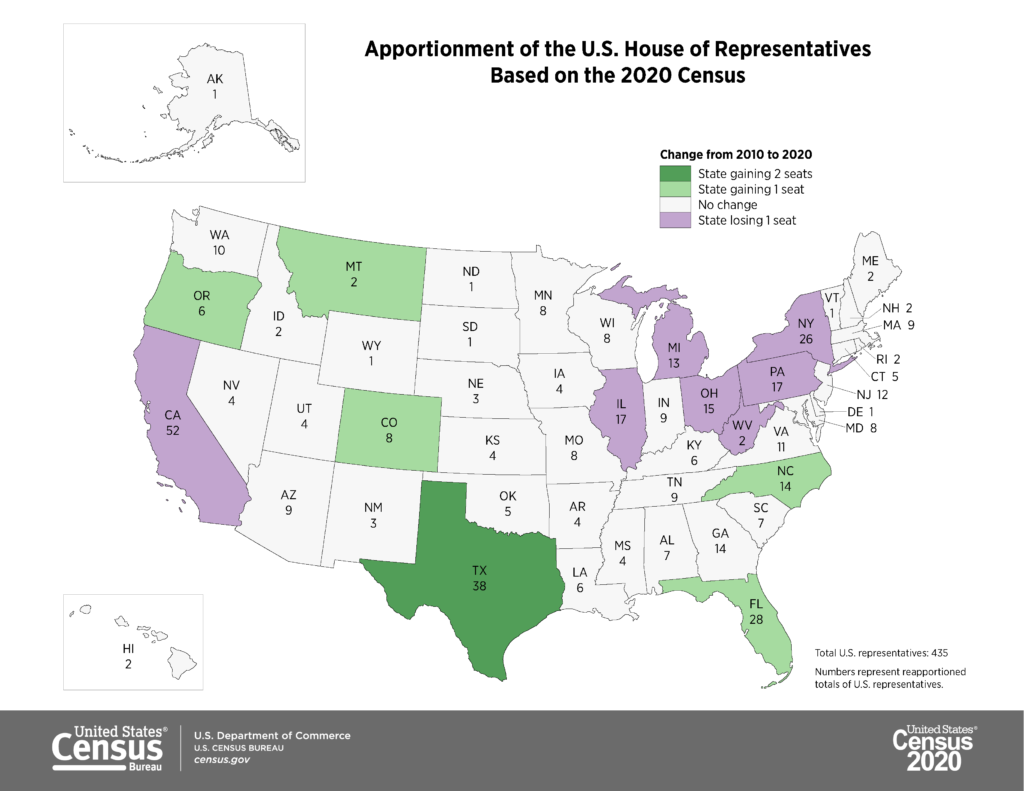Report Calls for National Eviction Database to Better Track Trends
 Policymakers need reliable data to develop tools and strategies to effectively combat the nation’s eviction epidemic, according to a report exploring the prevalence and impact of evictions.
Policymakers need reliable data to develop tools and strategies to effectively combat the nation’s eviction epidemic, according to a report exploring the prevalence and impact of evictions.
The report, which appeared in Evidence Matters in summer 2021, found that current eviction data are often incomplete, incorrect, or difficult to compare across geographic areas. Thus, the authors call for the development of a national eviction database.
“Building a national eviction database that aggregates standardized and reliable local data will significantly improve researchers’ ability to understand trends in eviction rates across time and space,” wrote Dana Goplerud and Craig Pollack, both of Johns Hopkins University.
The aim of the database would be to improve the ability to track and understand eviction trends, allowing policymakers to design more effective policies and tools to prevent eviction.
The authors recognize that many evictions happen outside of the court system; thus, they also explain how surveys at the national and local levels would capture information from renters about their experiences.
Work With Us, Work for Us
Econometrica specializes in research and management across numerous industries in both the public and private sectors. We are always looking to hire the best and brightest in data science, health, grants management, energy, homeland security, housing and community development, capital markets and finance, and transportation. We work as the lead service provider, and also as a capable outsource partner to other consultancies. To work with us on your next project, visit us online and email a member of our executive staff in your preferred specialty. To explore the benefits of working for us, visit our careers page.











